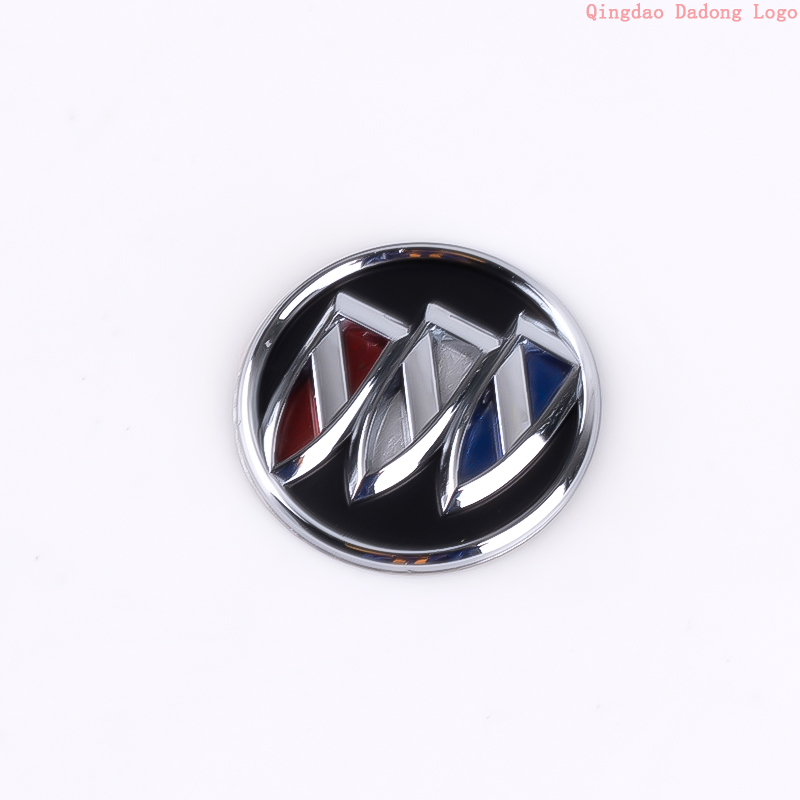NEWS
Analysis of the advantages and disadvantages of metal signage
Writer:admin Time:2023-06-26 13:23 Browse:℃
Metal signs are increasingly used in various fields. In the selection of signage materials, we should pay attention to selecting materials based on the environment and conditions in which the signage is used. Because metal signs made of different materials also have different advantages and disadvantages, we need to be good at selecting them.
Below, Qingdao Dadong will introduce several options for you:
1. Zinc alloy label
Advantages of zinc alloy signs: casting zinc alloy has good fluidity and corrosion resistance, and is used in various decoration aspects, such as furniture accessories, architectural decoration, bathroom accessories, lighting parts, toys, Tie clip, belt buckle, various metal decorative buckles, etc.
Good surface smoothness, with a surface roughness of Ra0.8~3.2 μ m. Sometimes it can even reach Ra0.4 μ M has excellent room temperature mechanical properties and wear resistance
Low melting point, melting at 385 ℃, easy to die cast.
The microstructure of die-casting parts is dense, with high strength and hardness: because liquid metal is cooled and solidified under pressure, and the filling time is extremely short, the cooling speed is extremely fast, so the layer of metal grains near the surface of the die-casting parts is finer, and the structure is dense.
Disadvantages of zinc alloy signs: There are protrusions and small bubbles on the surface of die-casting parts, which are discovered immediately after die-casting, exposed after polishing or processing, and appear after oil spraying or electroplating. The reason for this is that when the gas in the mold cavity, the gas emitted by the coating, and the gas precipitated during alloy solidification, it ultimately remains in the casting to form pores when the mold exhaust is poor.

2. Aluminum alloy metal signage
Aluminum is classified as a lighter metal with strong plasticity, making it easy to polish, cut, and perform corresponding mechanical operations. Moreover, aluminum alloy signs have a strong metallic luster, making them suitable for distributing high-end places as signs. Of course, not only that, but they can also be used in places that require identification such as furniture, decoration, cars, and work.
However, aluminum metal signs also have corresponding defects due to their own characteristics, such as poor hardness. When subjected to strong external forces, the signs will deform, and the melting point of aluminum is low. Therefore, aluminum signs will quickly "die" in high temperatures.
3. Stainless steel metal signage
Contrary to aluminum signs, stainless steel metal signs have strong rigidity, and their high strength also demonstrates their value. They are often used in outdoor scenarios where strong external forces may be applied. There are also many varieties of stainless steel, and different varieties have different strengths and plasticity. Moreover, stainless steel nameplates are often used for equipment nameplates of mechanical manufacturers, as they may experience high temperatures during mechanical equipment operation, making the high melting point of stainless steel useful.
Defects of stainless steel metal signs: First of all, we need to know that stainless steel is also classified as iron, and its density is very high. Therefore, its weight has long been affected, which will cause great inconvenience to the transportation device.
4. Copper metal signage
The copper label itself has a gold or bronze color, which is why many manufacturers demand it. For example, medals, trophies, and related gold resistant handicrafts and artworks, a lot of techniques are used to transform and brighten copper signs during the production process of signs. The defects of copper metal signs are determined by their large weight and complex manufacturing process.
CATEGORIES
LATEST NEWS
CONTACT US
WhatsApp: +8615806503075
Tel: +8615806503075
Email: percy@dadonglogo.com
Addr: 7 Tonghe Road, Pingdu, Qingdao
